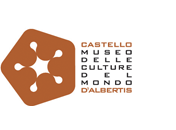The Lima civilisation (200 B.C. -600 A.D.) and the Sicán-Lambayeque Culture (1000-1461 A.D.)
The Lima civilisation developed in the region of the current capital of Peru, then inhabited by a cluster of small “lordships”, more or less independent of one another. Two ceramic styles are typical of this culture: an earlier style, with “cross” decorations, mostly in the form of flared glasses or lenticular double-necked vases, and the more recent “Nievería” style, characterised by finer pottery painted in red, white, black and sometimes grey.
The most frequent forms are vessels with double conical necks or with single neck and zoomorphic shape connected by a tubular or ribbon-shaped handle, with strong Nasca and, later, Wari influences.
The ceramic style of Lambayeque developed in the Sicán culture, in the valley of the same name, on the northern coast of Peru.
The Sicán culture is the link between the Moche and the Chimú, flowing into the latter. The most recurrent form is a bi-conical vase topped by two conical necks with handle, also typical, like other ceramic forms, of the Chimú culture. The vessels usually have cream-coloured decorations on a red background.
Biconical vase with bridge handle
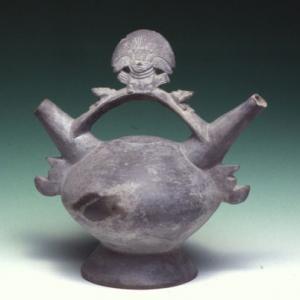
Biconical vase with bridge handle
Biconical vase with bridge handle

Biconical vase with bridge handle
Whistling vase, VII - X sec. A.D. (Lambayeque)
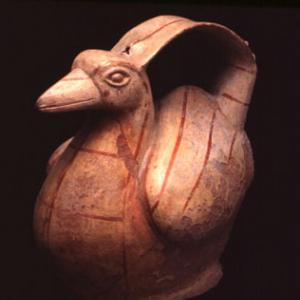
Whistling vase, VII - X sec. A.D. (Lambayeque)

Whistling vase, VII - X sec. A.D. (Lambayeque)

Whistling vase, VII - X sec. A.D. (Lambayeque)

Biconic vase, X - XII sec. A.D. (Chimù - Lambayeque)
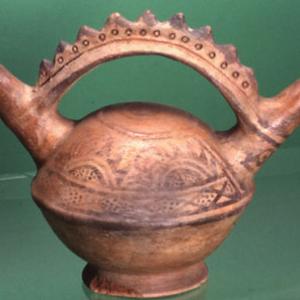
Biconic vase, X - XII sec. A.D. (Chimù - Lambayeque)
Biconic vase, X - XII sec. A.D. (Chimù - Lambayeque)

Biconic vase, X - XII sec. A.D. (Chimù - Lambayeque)
Biglobular vase-bottle, VII - X sec. A.D. (Lambayeque)
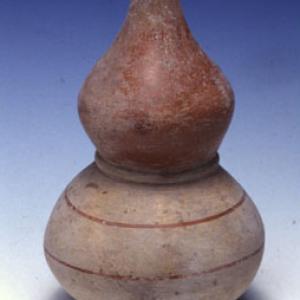
Biglobular vase-bottle, VII - X sec. A.D. (Lambayeque)

Biglobular vase-bottle, VII - X sec. A.D. (Lambayeque)

Biglobular vase-bottle, VII - X sec. A.D. (Lambayeque)

Globular vase-bottle, X - XII sec. A.D. (Chimù - Lambayeque)
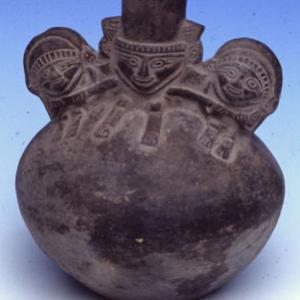
Globular vase-bottle, X - XII sec. A.D. (Chimù - Lambayeque)

Globular vase-bottle, X - XII sec. A.D. (Chimù - Lambayeque)

Globular vase-bottle, X - XII sec. A.D. (Chimù - Lambayeque)

Biconic vase with cephalomorph neck VII - X sec. A.D. (Lambayeque)
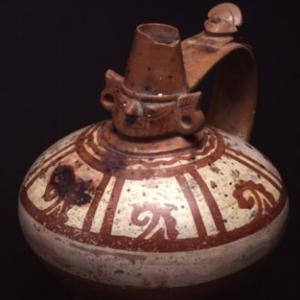
Biconic vase with cephalomorph neck VII - X sec. A.D. (Lambayeque)
Biconic vase with cephalomorph neck VII - X sec. A.D. (Lambayeque)

Biconic vase with cephalomorph neck VII - X sec. A.D. (Lambayeque)
Barrel vase, X - XII sec. A.D. (Chimù - Lambayeque)
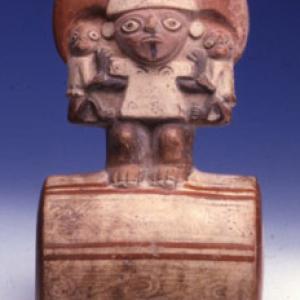
Barrel vase, X - XII sec. A.D. (Chimù - Lambayeque)

Barrel vase, X - XII sec. A.D. (Chimù - Lambayeque)

Barrel vase, X - XII sec. A.D. (Chimù - Lambayeque)

Globular vase-bottle, II sec. b.C - VII sec. A.D. (Lima)
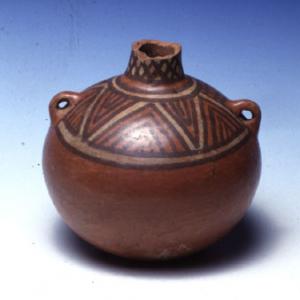
Globular vase-bottle, II sec. b.C - VII sec. A.D. (Lima)

Globular vase-bottle, II sec. b.C - VII sec. A.D. (Lima)

Globular vase-bottle, II sec. b.C - VII sec. A.D. (Lima)

Vase-bottle, II sec. b.C. - VII sec. A.D ( Lima)
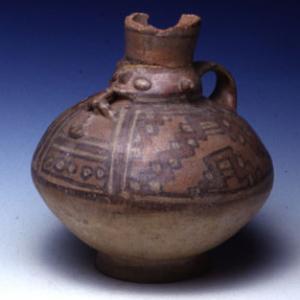
Vase-bottle, II sec. b.C. - VII sec. A.D ( Lima)

Vase-bottle, II sec. b.C. - VII sec. A.D ( Lima)

Vase-bottle, II sec. b.C. - VII sec. A.D ( Lima)

Whistling pot, 500 - 600 A.D. (Lima, substile Nieveria)
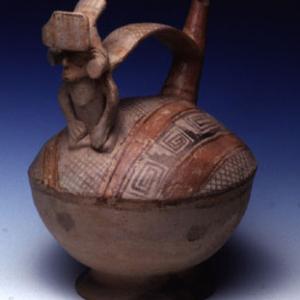
Whistling pot, 500 - 600 A.D. (Lima, substile Nieveria)

Whistling pot, 500 - 600 A.D. (Lima, substile Nieveria)

Whistling pot, 500 - 600 A.D. (Lima, substile Nieveria)

Tripod bowl
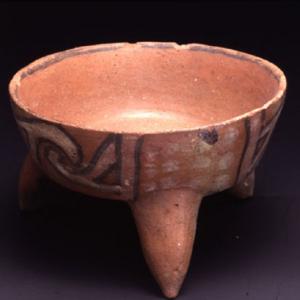
Tripod bowl

Tripod bowl

Tripod bowl

Two spatulas, II B.C. - VII.C. (?) (Lima?)
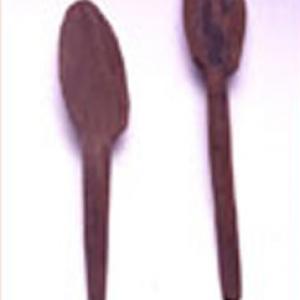
Two spatulas, II B.C. - VII.C. (?) (Lima?)

Two spatulas, II B.C. - VII.C. (?) (Lima?)

Two spatulas, II B.C. - VII.C. (?) (Lima?)

Bowl, II B.C. - VII A.D. (Lima)
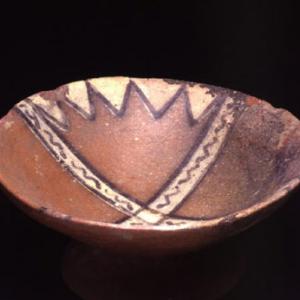
Bowl, II B.C. - VII A.D. (Lima)

Bowl, II B.C. - VII A.D. (Lima)

Bowl, II B.C. - VII A.D. (Lima)

Two-chamber vase with bridge loop, 500 - 600 A.D. (Lima, undertile Nieveria)
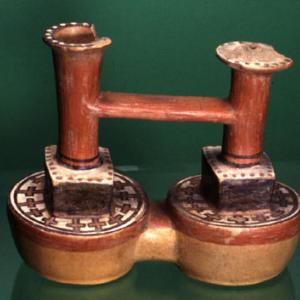
Two-chamber vase with bridge loop, 500 - 600 A.D. (Lima, undertile Nieveria)

Two-chamber vase with bridge loop, 500 - 600 A.D. (Lima, undertile Nieveria)

Two-chamber vase with bridge loop, 500 - 600 A.D. (Lima, undertile Nieveria)

Installation Sican Lima Chancay Ica
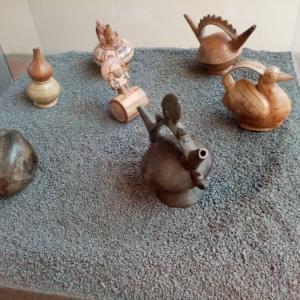
Installation Sican Lima Chancay Ica

Installation Sican Lima Chancay Ica

Installation Sican Lima Chancay Ica


